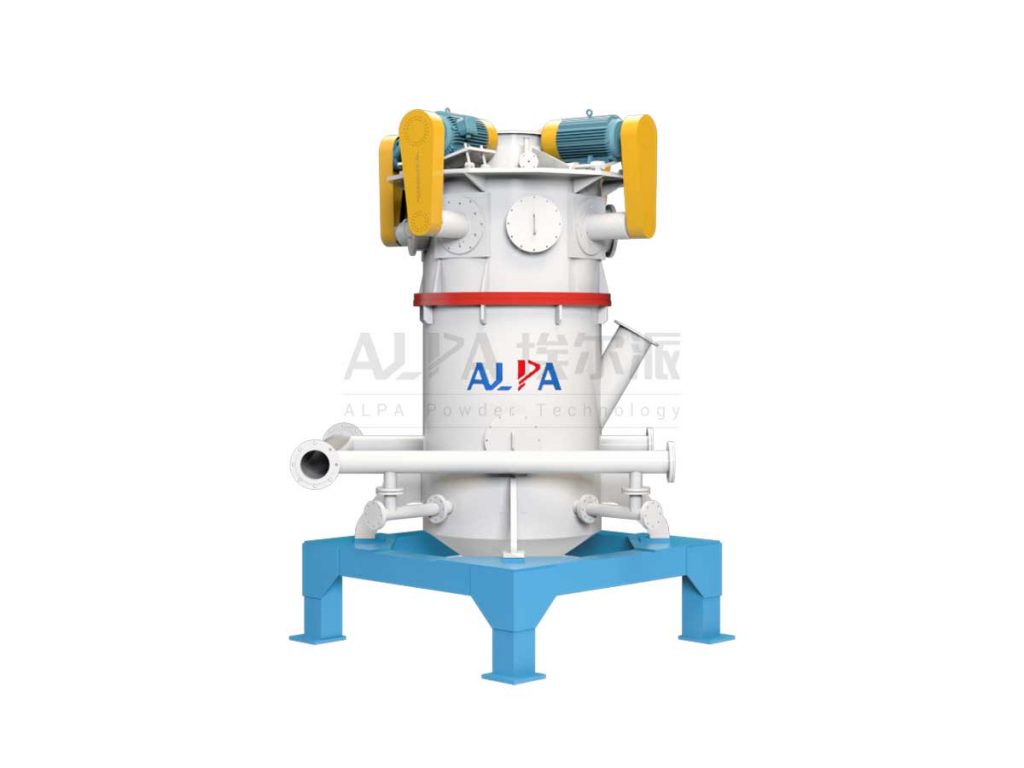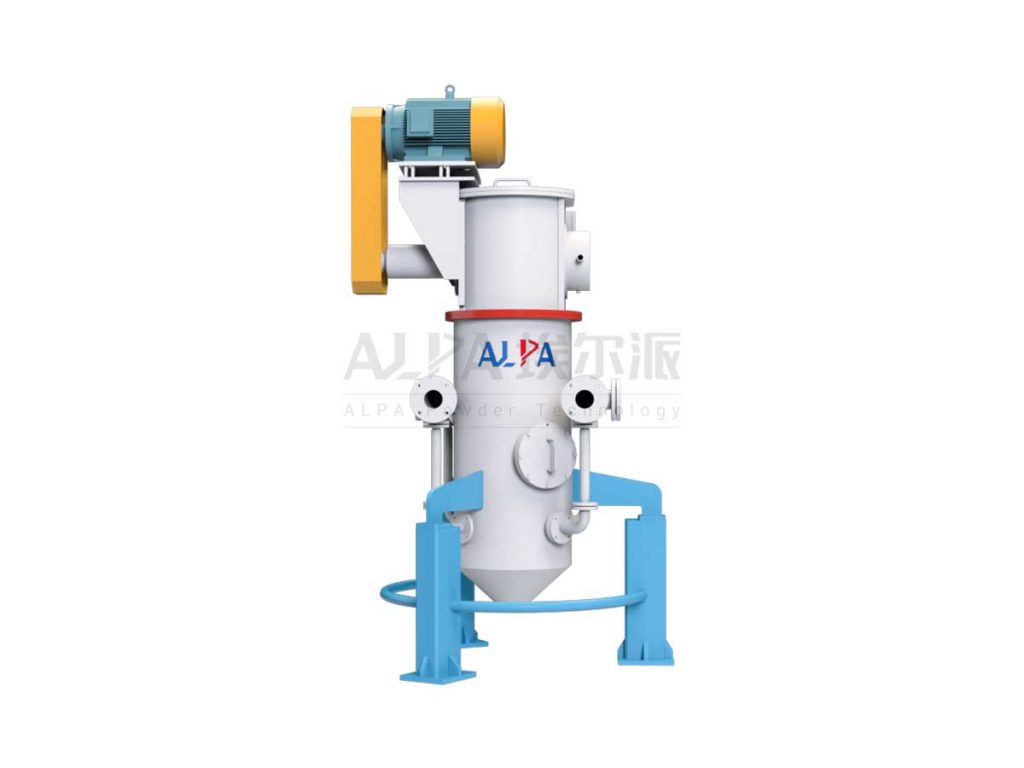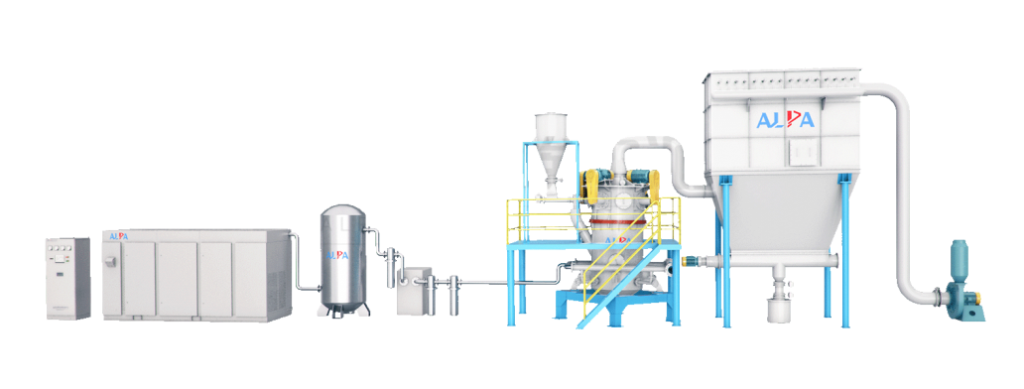
Single /Multiple Classifying Wheel
for Silica Powder (Ultrafine Quartz Powder)


Single /Multiple Classifying Wheel
for Silica Powder (Ultrafine Quartz Powder)
Horizontal installation of high-precision grading rotor, linear speed up to 80m/s, to ensure the accuracy of vertex cutting.
Features:
Fine powder with good repeatability, stable and reliable; constant temperature or low temperature without medium crushing; It has the advantages of high energy utilization rate, wear resistance of equipment, closed crushing, clean and environmental protection, and program control system, which is convenient for adjustment and operation.
Application:
Widely used in chemical, minerals, metallurgy, abrasives, ceramics, refractory materials, medicine, pesticides, food, health products, high-tech materials and other industries.
Jet Mill, cyclone, bag filter and fan constitute a complete milling system. After the compressed air is filtered and dried, it is sprayed into the milling cavity at high speed through Laval nozzles. At the intersection of multiple high-pressure airflows, the materials are repeatedly collided, rubbed, and sheared to be milled. The milled materials rise with the suction of the fan. The air flow moves to the classification area, the coarse and fine powder are separated under strong centrifugal force generated by the high-speed rotating classification turbine. The fine particles that meet the particle size requirements are through classifier wheel and collected by cyclone and bag filter; the coarse powder drop to the milling area and continue to be milled.

| Specifications | MQW03 | MQW06 | MQW10 | MQW20 | MQW40 | MQW60 | MQW120 |
|---|---|---|---|---|---|---|---|
| Feeding particle size (mm) | <3 | <3 | <3 | <3 | <3 | <3 | <3 |
| Product particle size (D97: μm) | 2~45 | 2~45 | 2~45 | 2~45 | 2~45 | 2~45 | 2~45 |
| Capacity (kg/h) | 2~30 | 30~200 | 50~500 | 100~1000 | 200~2500 | 500~3500 | 800~7500 |
| Air consumption(m³/min) | 3 | 6 | 10 | 20 | 40 | 60 | 120 |
| Air pressure(Mpa) | 0.7~0.85 | 0.7~0.85 | 0.7~0.85 | 0.7~0.85 | 0.7~0.85 | 0.7~0.85 | 0.7~0.85 |
| Installed power(kW) | 21 | 42 | 85 | 147 | 282 | 415 | 800 |
Примечание: Производственные мощности, размер материала, удельный вес, твердость, влажность и другие показатели тесно связаны между собой. Параметры, казанные выше, предоставлены для ознакомления. За подробной информацией свяжитесь с нашим инженером.